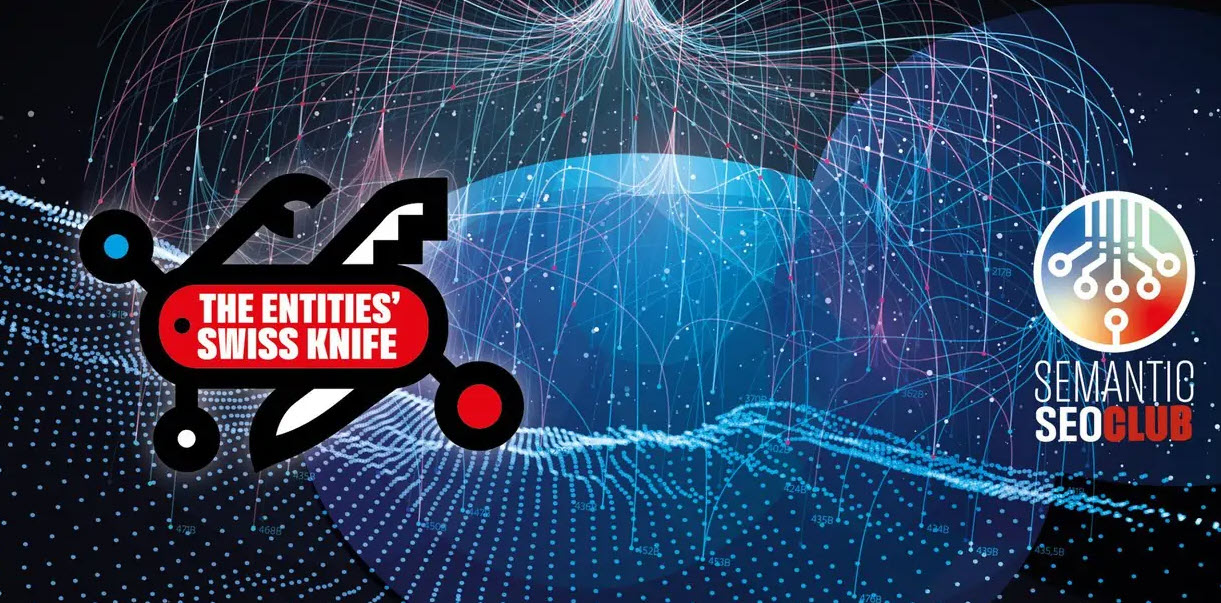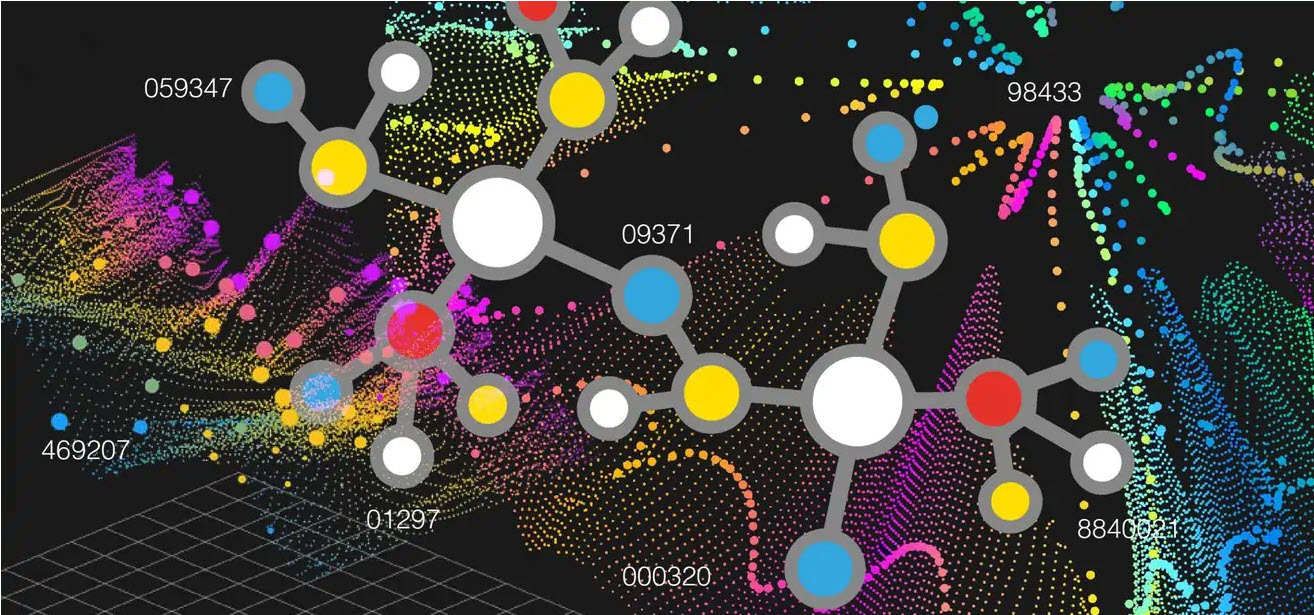
Structured Data
Differences in between a Lexical Search Engine as well as a Semantic Search Engine.
While a conventional lexical internet search engine is roughly based upon matching keywords, i.e., basic message strings, a Semantic Search Engine can "understand"-- or at least attempt to-- the significance of words, their semantic relationship, the context in which they are put within an inquiry or a record, thus attaining an extra specific understanding of the individual's search intent in order to produce even more pertinent results.
A Semantic Search Engine owes these capabilities to NLU algorithms, Natural Language Understanding, in addition to the existence of organized information.
Subject Modeling and Content Modeling.
The mapping of the discrete systems of material (Content Modeling) to which I referred can be usefully accomplished in the layout stage and also can be connected to the map of subjects dealt with or dealt with (Topic Modeling) as well as to the organized data that reveals both.
It is a fascinating practice (let me know on Twitter or LinkedIn if you would like me to cover it or make an ad hoc video clip) that enables you to make a site and also develop its material for an exhaustive treatment of a subject to acquire topical authority.
Topical Authority can be referred to as "depth of experience" as viewed by online search engine. In the eyes of Search Engines, you can end up being an authoritative source of information worrying that network of (Semantic) entities that specify the topic by continually writing original high-quality, extensive content that covers your wide subject.
Entity connecting/ Wikification.
Entity Linking is the procedure of identifying entities in a text record and associating these entities to their one-of-a-kind identifiers in a Knowledge Base.
When the entities in the message are mapped to the entities in the Wikimedia Foundation sources, Wikipedia and also Wikidata, wikification takes place.


